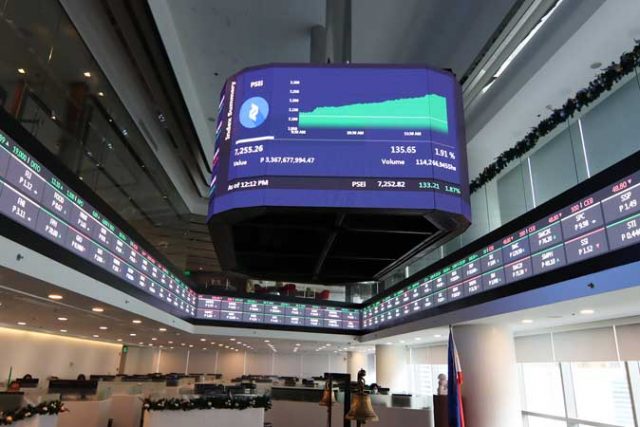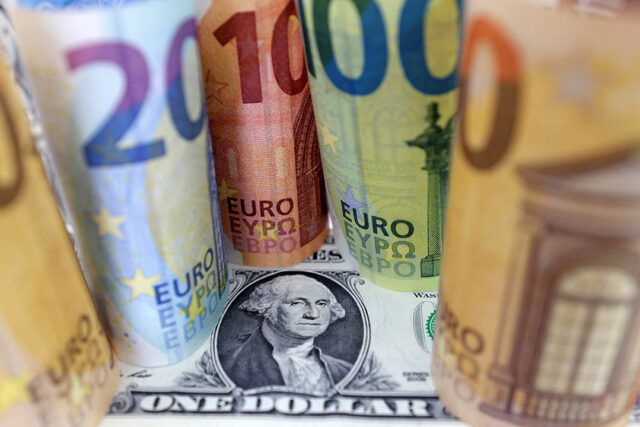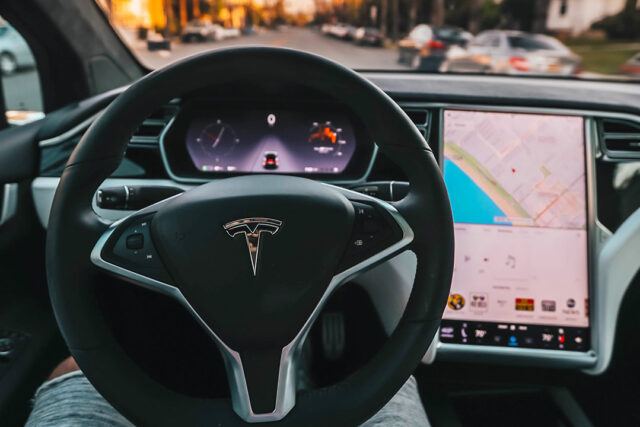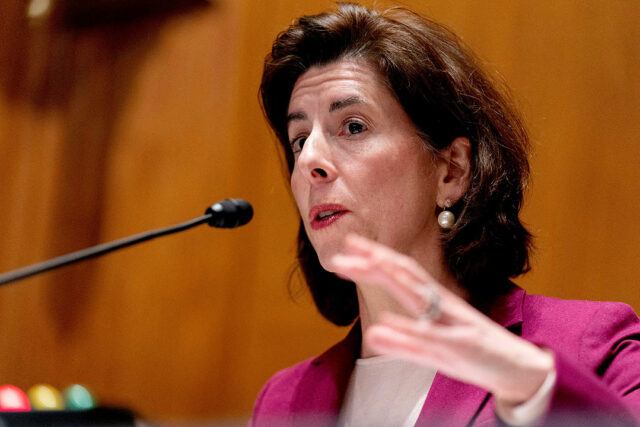MUMBAI – In fake videos that have gone viral online, two of India’s A-lister Bollywood actors are seen criticizing Prime Minister Narendra Modi and asking people to vote for the opposition Congress party in the country’s ongoing general election.
In a 30-second video that shows Aamir Khan and another 41-second clip of Ranveer Singh, the two Bollywood actors purportedly say Modi failed to keep campaign promises and failed to address critical economic issues during his two terms as prime minister.
Both AI-generated videos end with the Congress election symbol and slogan: “Vote for Justice, Vote for Congress”.
The two videos have been viewed on social media more than half a million times since last week, a Reuters review shows.
Their spread underlines the potential role such AI (artificial intelligence)-generated content can play in the mammoth Indian election that started on Friday and will continue until June. AI and AI-generated fakes, or deepfakes, are being increasingly used in elections elsewhere in the world, including in the US, Pakistan and Indonesia.
Campaigning in India has long focused on door-to-door outreach and public rallies, but extensive use of WhatsApp and Facebook as campaigning tools started in 2019. This year’s general election – in which Modi is expected to secure a rare third term – is the first in which AI is being used.
A Congress spokesperson, Sujata Paul, shared actor Singh’s video with her 16,000 followers on X on April 17 and by Saturday afternoon, her post had been re-shared 2,900 times, liked 8,700 times and received 438,000 views.
Paul told Reuters by telephone she was aware the video was marked “manipulated media” by X, but she did not want to delete it as, while posting, she thought the person was a look alike of Singh and “it has creativity for sure”.
The post was no longer visible on X on Sunday, hours after Reuters sent a request for comment to Congress’ head of social media cell, who did not respond.
Both actors have said the videos are fake. Facebook, X and at least eight fact-checking websites have said they are altered or manipulated, which the Reuters digital verification unit has also confirmed.
Reuters could not ascertain who created the videos. Khan was “alarmed” by the viral “fake” video and Singh’s team was looking into the matter, according to a spokesperson for both actors. Singh wrote on X on Friday: “Beware of deepfakes, friends”.
Modi’s office, and the IT head of his Bharatiya Janata Party, did not respond to requests for comment.
POLICE PROBE
Nearly 900 million people in India have access to the Internet and a survey conducted by research organization Esya Centre and the Indian Institute of Management business school showed an average Indian spends over three hours a day on social media. The country has nearly one billion voters.
Some versions of the videos have been blocked on social media but at least 14 were still visible on X on Saturday. Facebook deleted two videos Reuters flagged to the company but one other was still visible.
Facebook in a statement said it has “removed the videos” for violation of its policies. X did not respond to Reuters queries.
The videos have sparked one police investigation with Khan registering a case in Mumbai against unnamed persons on April 17 for alleged impersonation and cheating for creating the fake video.
Mumbai police did not return a request for comment, but two officers working on Khan’s case, who declined to be named, said they wrote to Facebook and X to take down the video and the companies had said it was done.
The officers said they were up until 2 a.m. on Friday, refreshing pages to check if Khan’s online videos were removed. Asked about progress in the case, one of them said: “Such technical investigations take time.”
AI VIDEO OF DEAD FATHER
In this year’s election, politicians are using AI in other ways.
In southern India, Congress leader Vijay Vasanth’s spokesperson said his team has created a 2-minute audio-video clip using AI that was shared on social media platforms and shows his now dead but more popular politician father, H. Vasanthakumar, seeking votes for him.
The late politician is seen saying “even though my body left you all, my soul is still around.”
In videos put out on YouTube by the Communist Party of India-Marxist (CPM), Samata, an AI-generated anchor dressed in a traditional sareeand speaking in a style that mimics regular news channels, criticizes the ruling party in West Bengal state.
In one clip, the anchor alleges the party does not care about the environment as many water bodies have vanished due to illegal construction.
A spokesperson for the ruling party denied the allegation and said the state government has ensured no such construction takes place. The CPM did not respond to requests for comment.
In the video, which has been seen 12,000 times, anchor Samata declares: “These are questions that we the citizens of this city need to ponder over.” – Reuters











